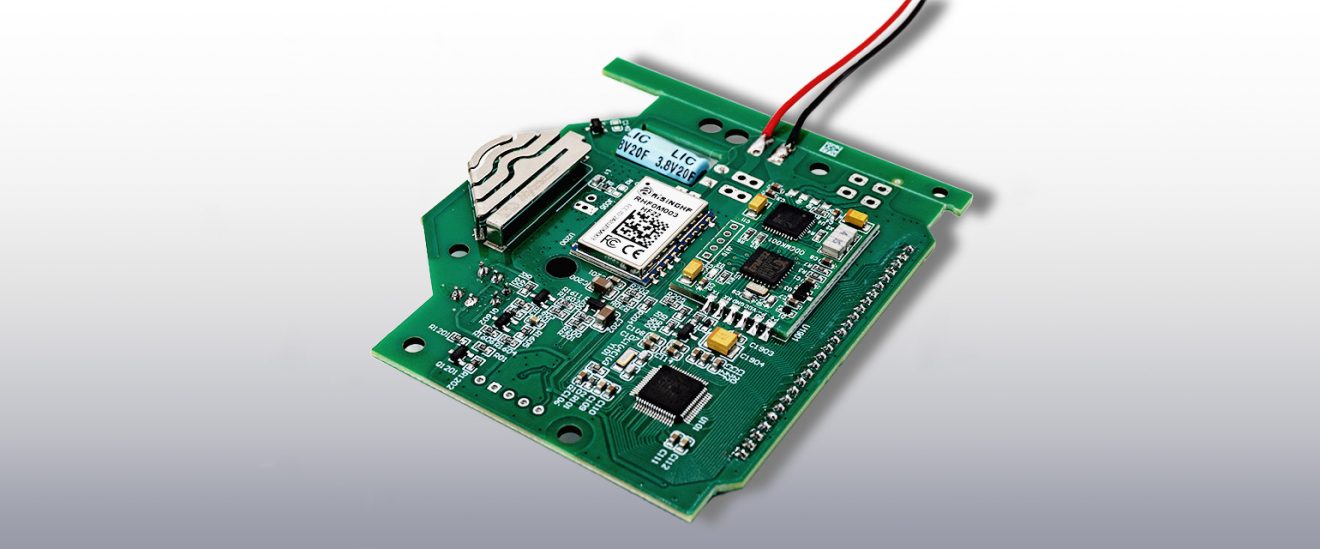In the rapidly evolving field of telecommunications, multi-band antennas have emerged as a crucial component. These antennas are designed to operate across multiple frequency bands, making them essential for various applications, including mobile communications, Wi-Fi, and IoT devices. But how do they work, and what advantages do they offer? Let’s delve deeper into the world of multi-band antennas.

What Are Multi-Band Antennas?
Multi-band antennas are specialized antennas that can transmit and receive signals across different frequency ranges. Unlike single-band antennas, which are limited to one frequency, multi-band antennas can handle multiple bands simultaneously. This capability is particularly beneficial in environments where various communication standards coexist.
How Do Multi-Band Antennas Work?
The functionality of multi-band antennas relies on their design and construction. Typically, these antennas incorporate multiple resonators or elements that are tuned to different frequencies. When a signal is transmitted, the antenna selects the appropriate resonator based on the frequency of the incoming signal. This selection process allows for efficient communication across various bands.
- Resonators: Each resonator is designed to resonate at a specific frequency, enabling the antenna to operate effectively across multiple bands.
- Impedance Matching: Multi-band antennas often utilize techniques to ensure that the impedance is matched across different frequencies, minimizing signal loss.
- Compact Design: Many modern multi-band antennas are designed to be compact, making them suitable for mobile devices and IoT applications.
Advantages of Multi-Band Antennas
There are several advantages to using multi-band antennas in communication systems:
- Versatility: They can support multiple communication standards, such as GSM, LTE, and Wi-Fi, making them ideal for smartphones and other devices.
- Space Efficiency: By combining multiple antennas into one unit, they save space and reduce the complexity of installations.
- Cost-Effectiveness: Using a single multi-band antenna can be more economical than deploying multiple single-band antennas.
- Improved Performance: Multi-band antennas can enhance signal quality and coverage, leading to better overall performance in communication systems.
Applications of Multi-Band Antennas
Multi-band antennas are widely used in various applications, including:
- Mobile phones and tablets
- Wi-Fi routers and access points
- IoT devices and smart home systems
- Automotive communication systems
For more insights into the role of antennas in IoT connectivity, you can explore this .
Conclusion
In conclusion, multi-band antennas play a vital role in modern communication systems by providing versatility, efficiency, and improved performance. As technology continues to advance, the importance of these antennas will only grow, making them a key area of focus for engineers and developers alike. Understanding their functionality and advantages can help you appreciate their significance in today’s interconnected world.








